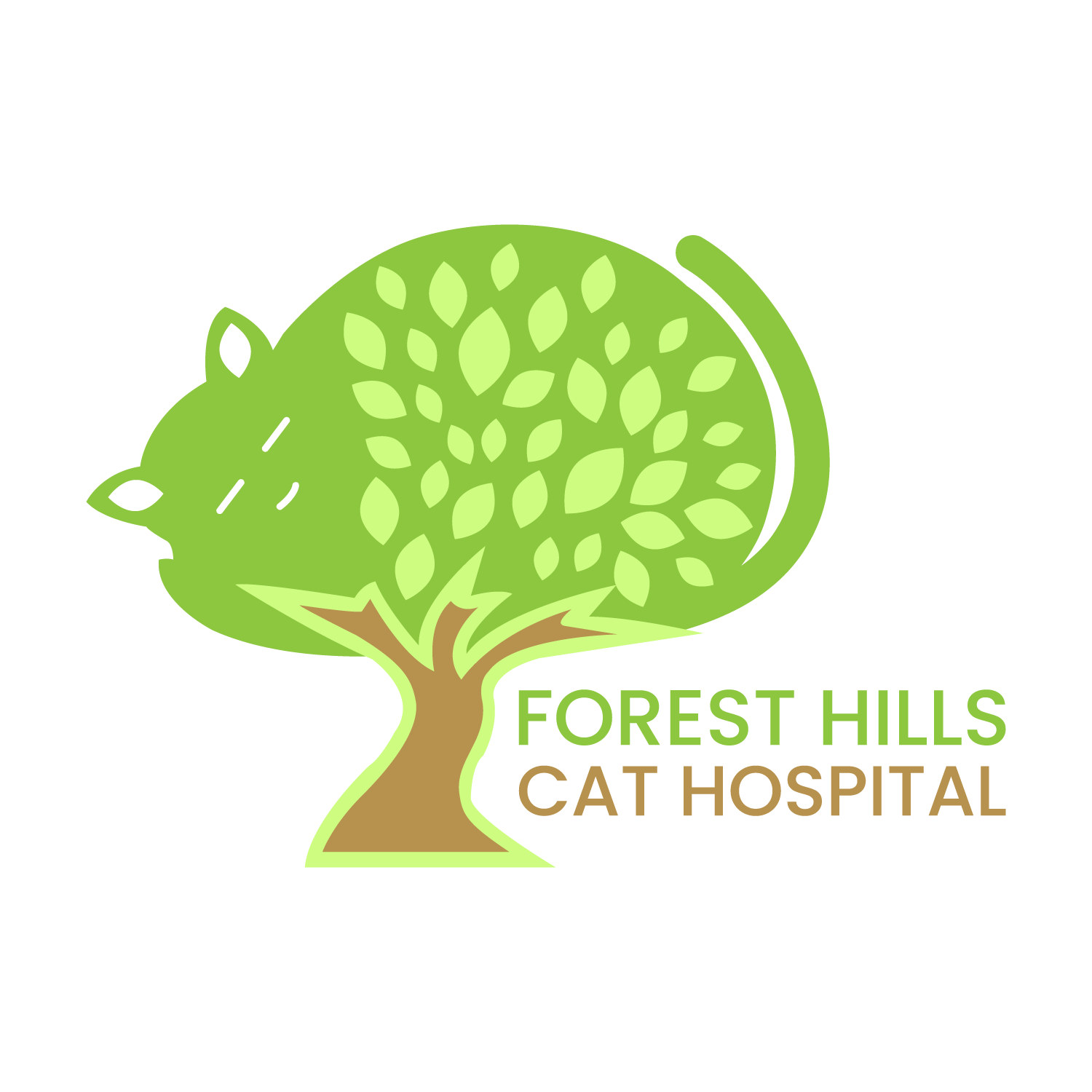
Fall Feline Safety Tips
Fall has arrived (as of September 23), and with this change in season comes all new tips to keep the furry members of your household happy and healthy.
Indoor/Outdoor Cats
For all intents and purposes, we were very lucky that this past Summer was relatively mild. However, we may not be so fortunate this Fall, considering that the first week of Fall saw temperatures dip into the high 50s and mid-range forecasts seem to indicate temperatures as low as the mid 40s could come in a matter of weeks. This change in temperature brings with it several hazards, especially for pets allowed to roam outdoors.
1) The Temperature is Dropping:
Cats, who are Indoor/Outdoor pets tend not to develop as heavy a winter coat as solely Outdoor cats. Of course, it is recommended that you keep your cat indoors as it shelters them from many other dangers aside from but still including the weather.
2)Mold and Fungus:
With the temperature change comes plant foliage changing their color, and while initially beautiful, this starts a process that could be injurious to your pet. This decaying plant matter—be especially mindful of compost piles— traps moisture, which allows Mold and fungus tend to develop, some of which can be very dangerous to your pet. Certain fungus (wild mushrooms) are poisonous and can cause digestive issues, like diarrhea and vomiting as well liver failure. Mold can in some cases cause very severe reactions like hyperthermia, agitation, excessive panting or drooling, and even seizures. It extreme cases both mold and fungus ingestion can be fatal.
3) Pest Control Hazards:
As the temperature drops, rodents tend to seek shelter and warmth in or around buildings leading many people to treat their property with Rodenticides. All of these products are poisonous to the rodent as well as to your pets.
4) Antifreeze:
Lastly, another vey dangerous result of the temperature drop is the use of Antifreeze—car owners tend to top off their antifreeze in fall. Antifreeze is very poisonous to our pets, who are attracted to the sweet taste of its main ingredient, Ethylene Glycol. Only a mere 1 to 2 teaspoons ingested is fatal to cats.
Indoor Cats:
Cats who are solely home dwellers have there share of Autumnal hazards–which they also share with their adventuring Indoor/Outdoor compatriots.
1) Seasonal Allergies:
As mentioned earlier,mold is in full bloom in the Fall, but so too is ragweed—both of which are potential allergens. Symptoms can include: scratching, biting, chewing, sneezing, coughing, watery eyes, hives and rashes.
2) Arthritis:
A special note especially for older cats: The chill in the air can exacerbate Arthritis. If your cat seems to be limping, moving slower, or having trouble with normal movements like walking, running and jumping he/she may be suffering from seasonal arthritis.
3)Clothing Pest Protection Hazards:
Fall brings with it a change in wardrobe. Often, in order to keep our clothes free of unwanted pests like Moths, we use chemical treatments and mothballs. These can be very poisonous to your furry friends so its best to keep your pets away from such material or better yet find safer alternatives
4) The Holidays:
The Autumnal Season is filled with holidays like Halloween and Thanksgiving, both of which are celebrated with home adornments and a lot of food.
4a)Decorations:
While very festive decorations can be very dangerous to your cats. Try to avoid decorations that include string or ribbon-like accoutrements. If consumed, these decorations can cause intestinal blockages that may require surgery.
4b) Indoor Plants:
In addition to traditional holiday/seasonal decorations, several indoor plants used as decorations can be hazardous to your cat’s health. Some of these plants include: holly, amaryllis, mistletoe, poinsettia, Christmas and Thanksgiving cactus, American and European bittersweet, chrysanthemum, Christmas rose, Jerusalem cherry, autumn crocus, and burning bush. These plants are poisonous and cause many symptoms including intestinal distress like stomach pain, vomiting and diarrhea, lethargy, loss of appetite, organ damage, respiratory distress, shock, slowed heart rate and even could be deadly.
4c) Holiday Meals:
Holidays are great, the company of friends and family and of course the food. However, think twice before you feed your cat some of your holiday meal. First, avoid feeding your cat spicy foods, certain spices like onions, garlic and chives are very poisonous to your cat. Onions are especially bad, and can cause the break down of your cat’s red blood cells leading to anemia. Seconds, avoid feeding your cat fatty foods as they can trigger pancreatitis. Third, be mindful of bones. Finally, before you share that cake or cookie which includes raisins with your cat, be aware that grapes and raisins are very poisonous to cats and can cause kidney failure.
4d) Candy:
We all know that chocolate is very dangerous for our cats, however be aware of sugarless candy and gums sweetened with xylitol. This sugar alcohol is very toxic.
Autumn is a beautiful season, that you and your pets should enjoy. The best thing we can do as cat owners is provide a whole lot of love to our furry family members with a healthy dose of vigilance to keep them safe, healthy and of course, happy.
